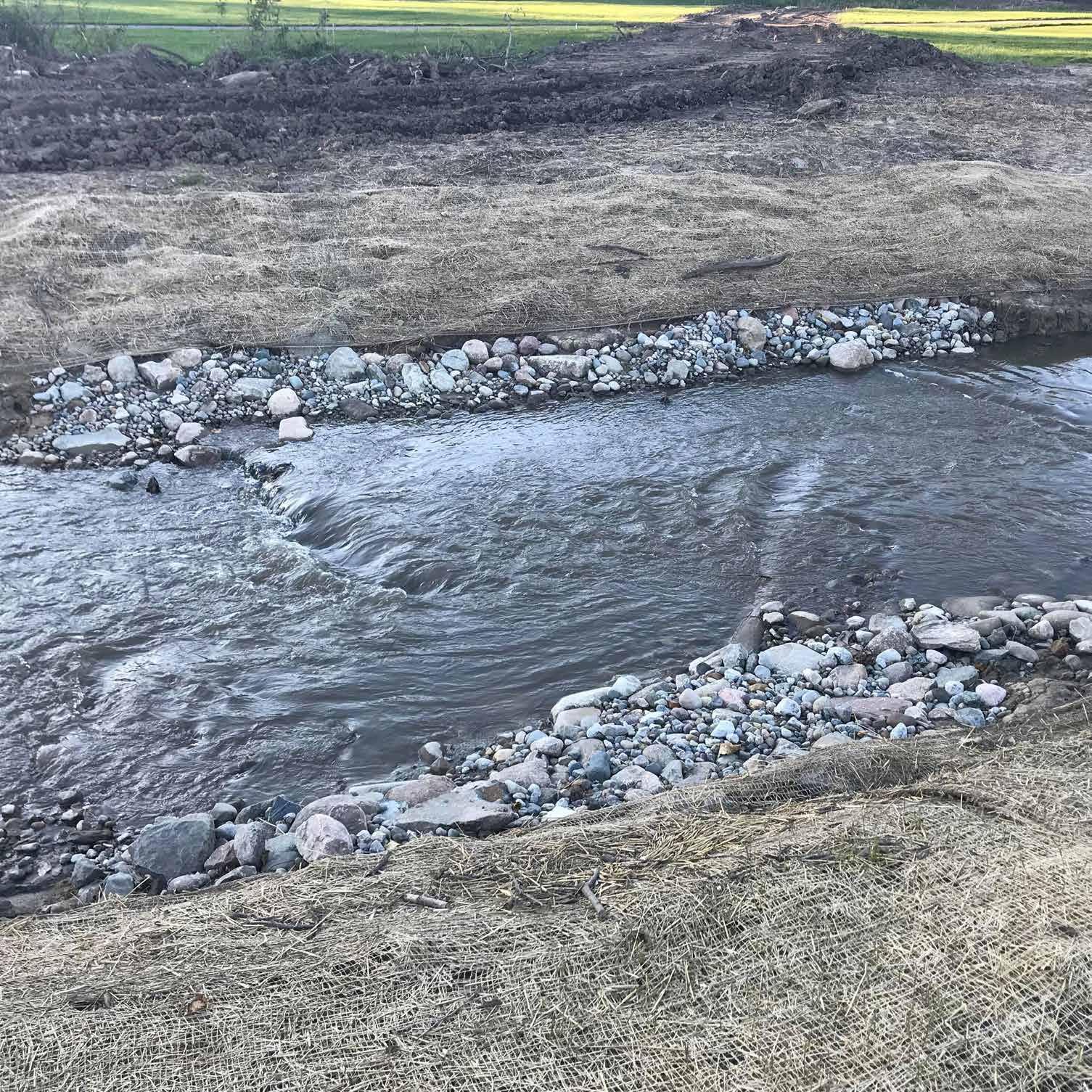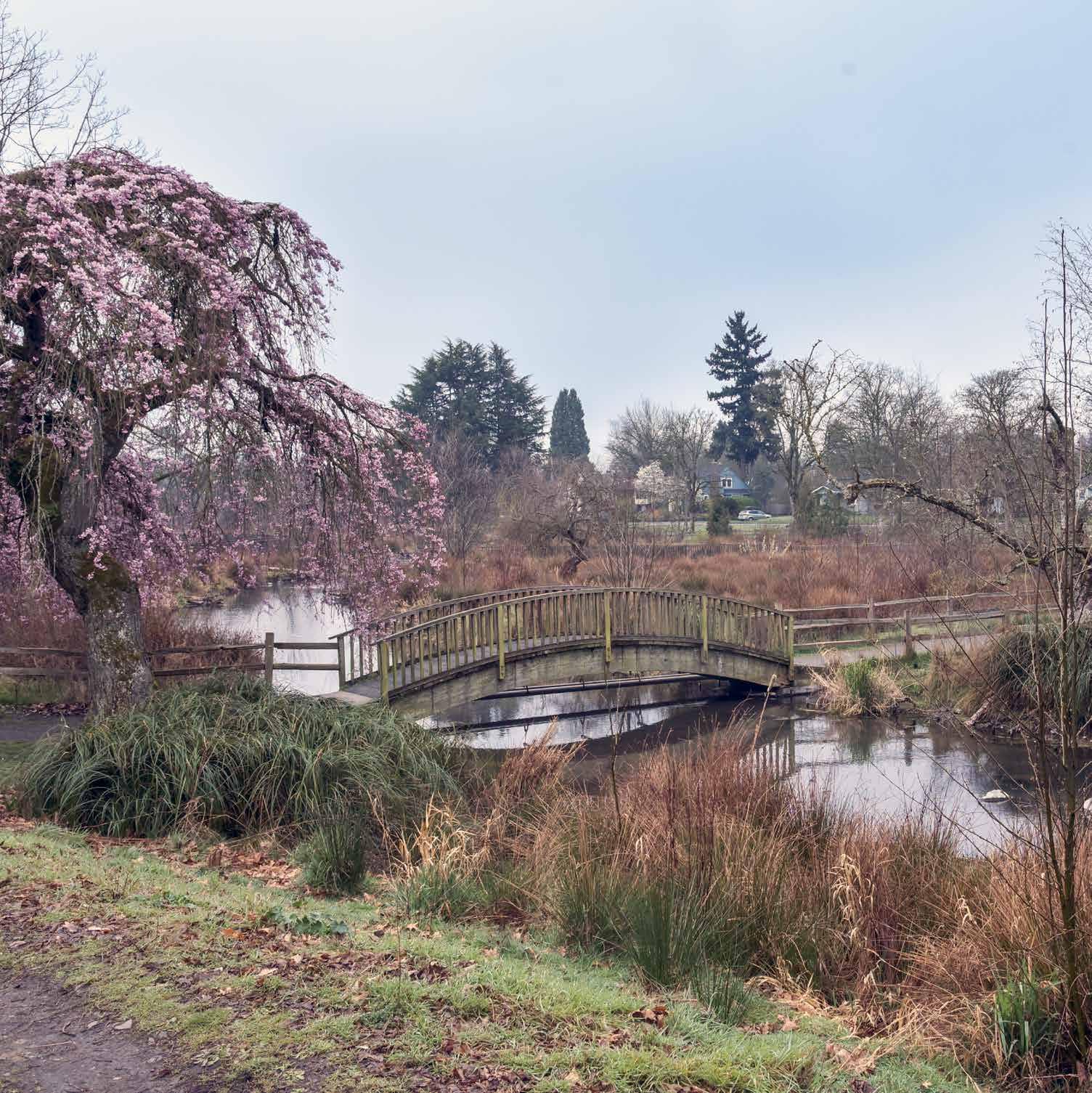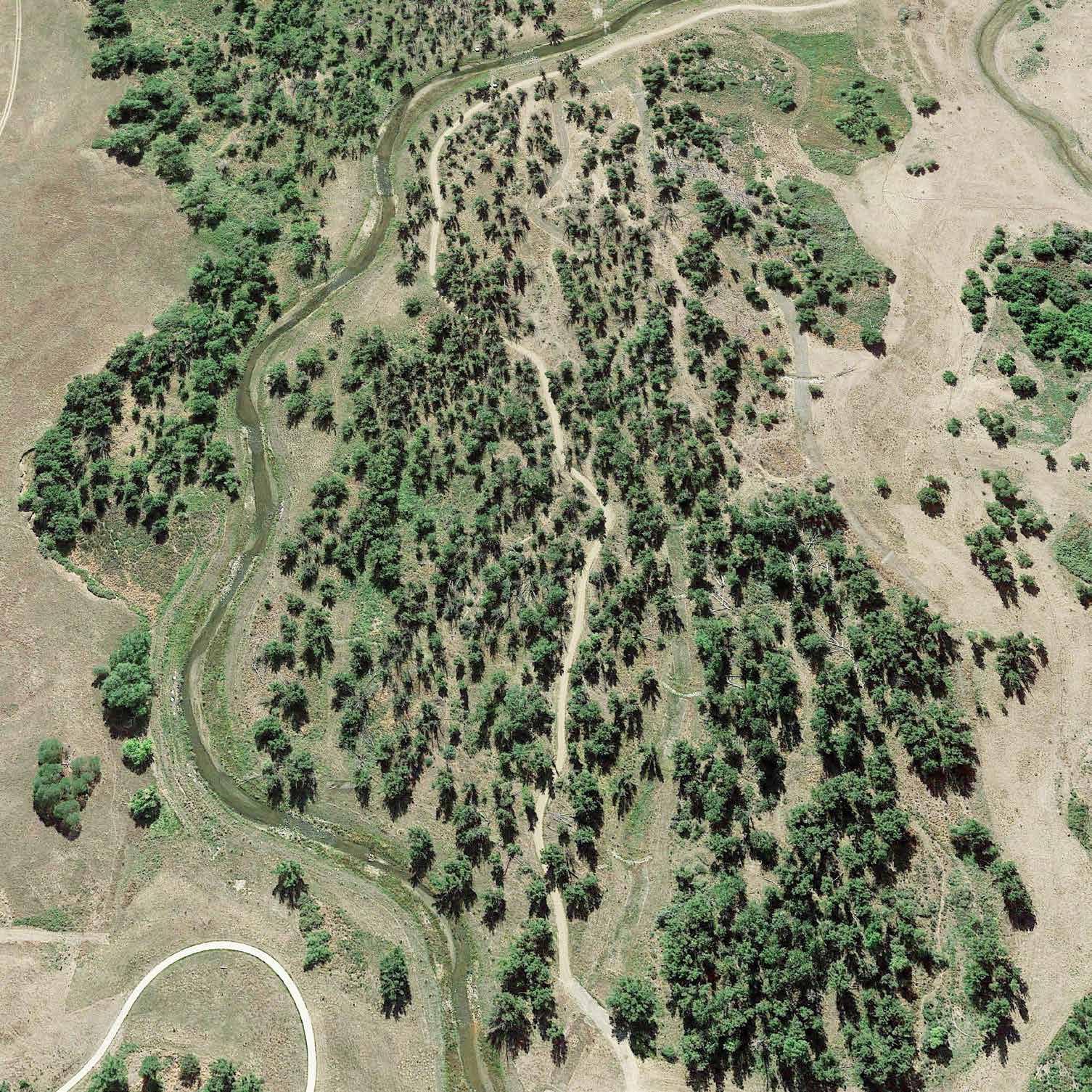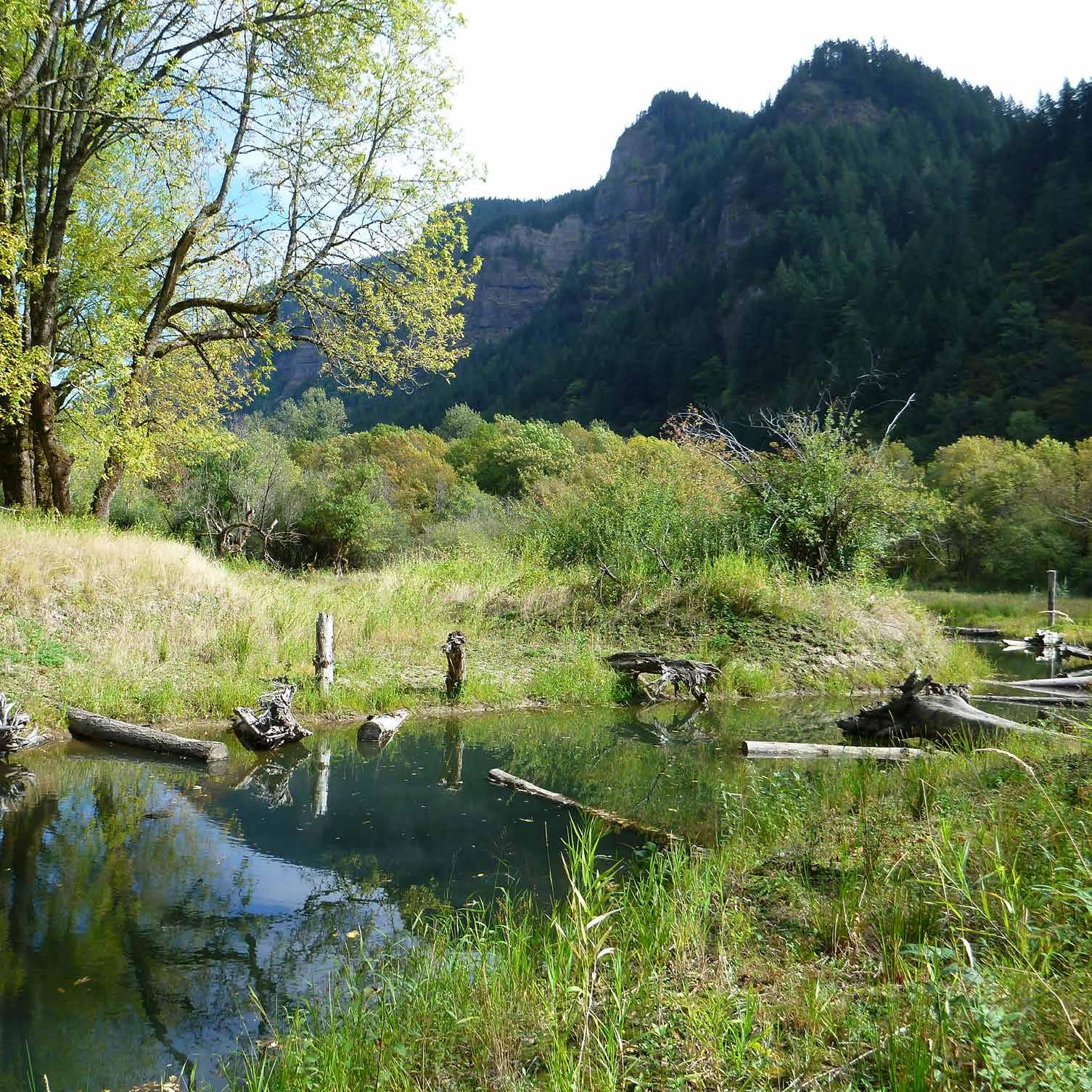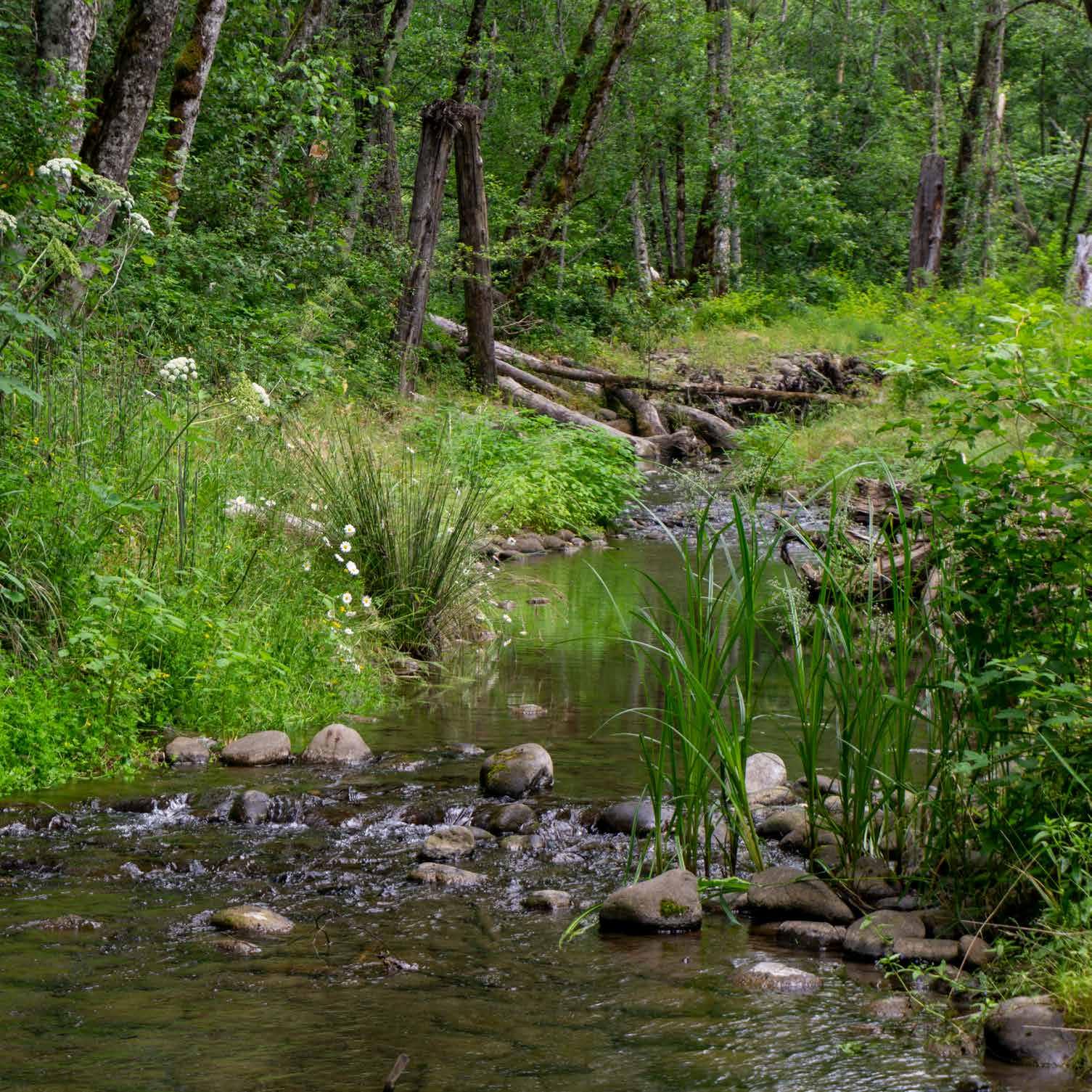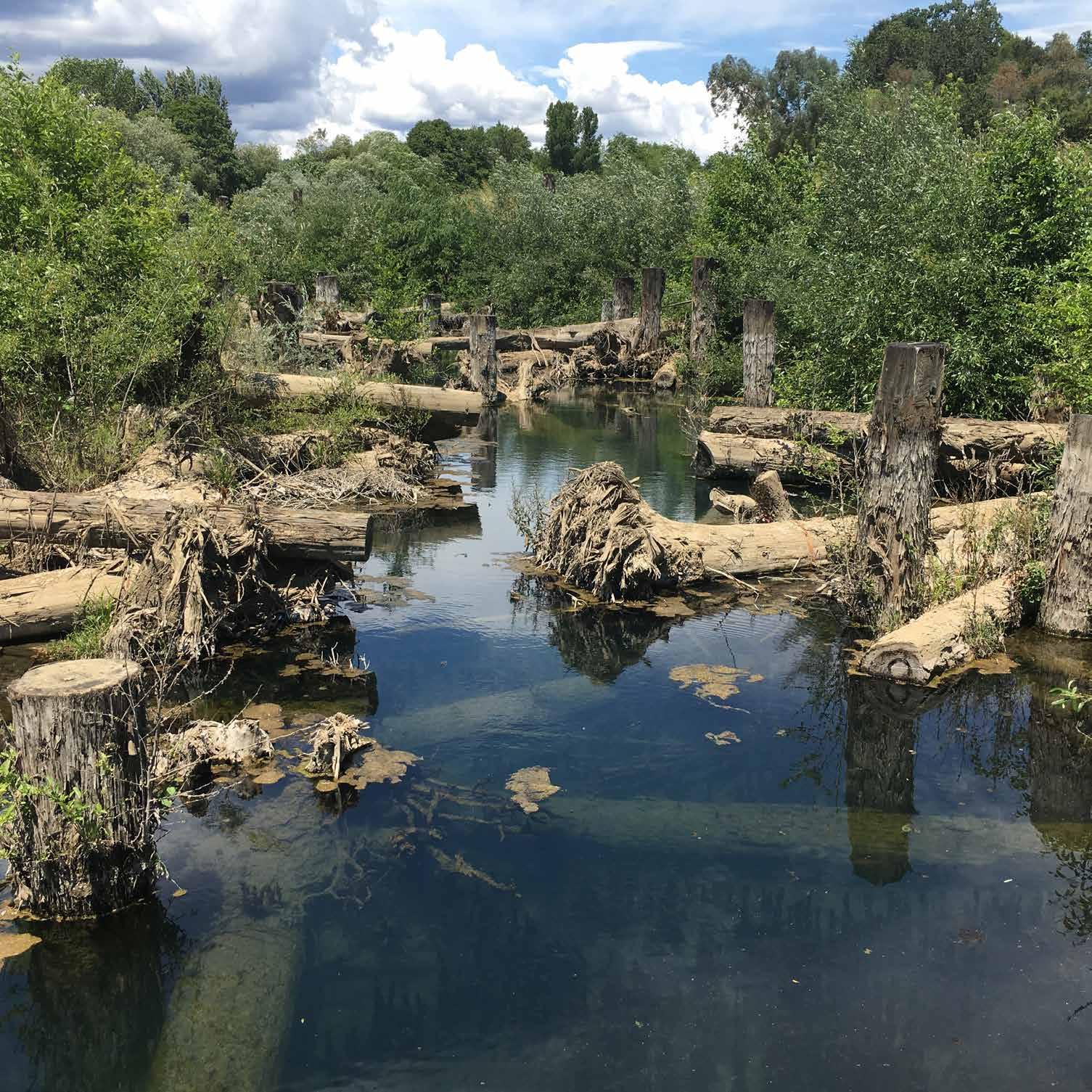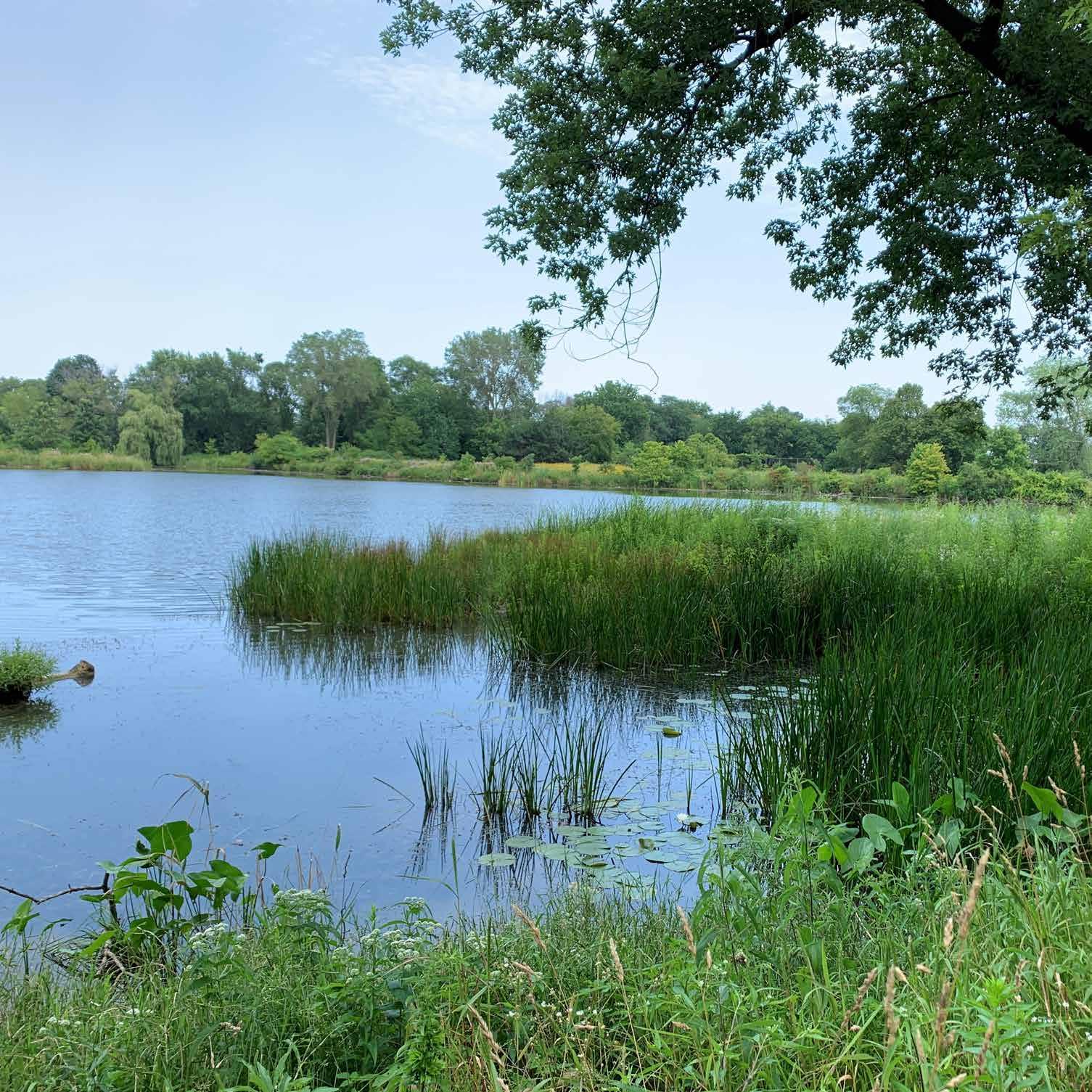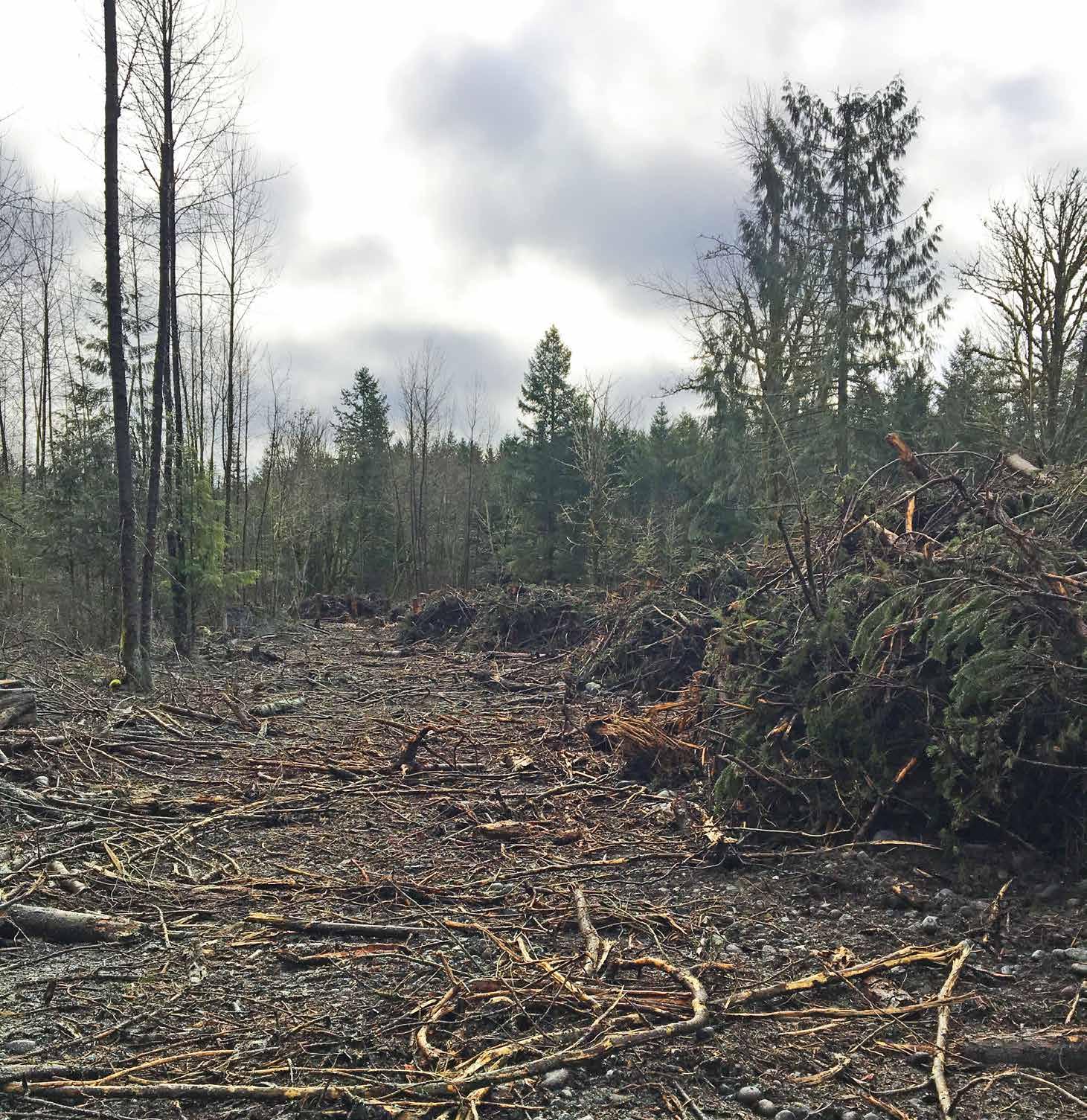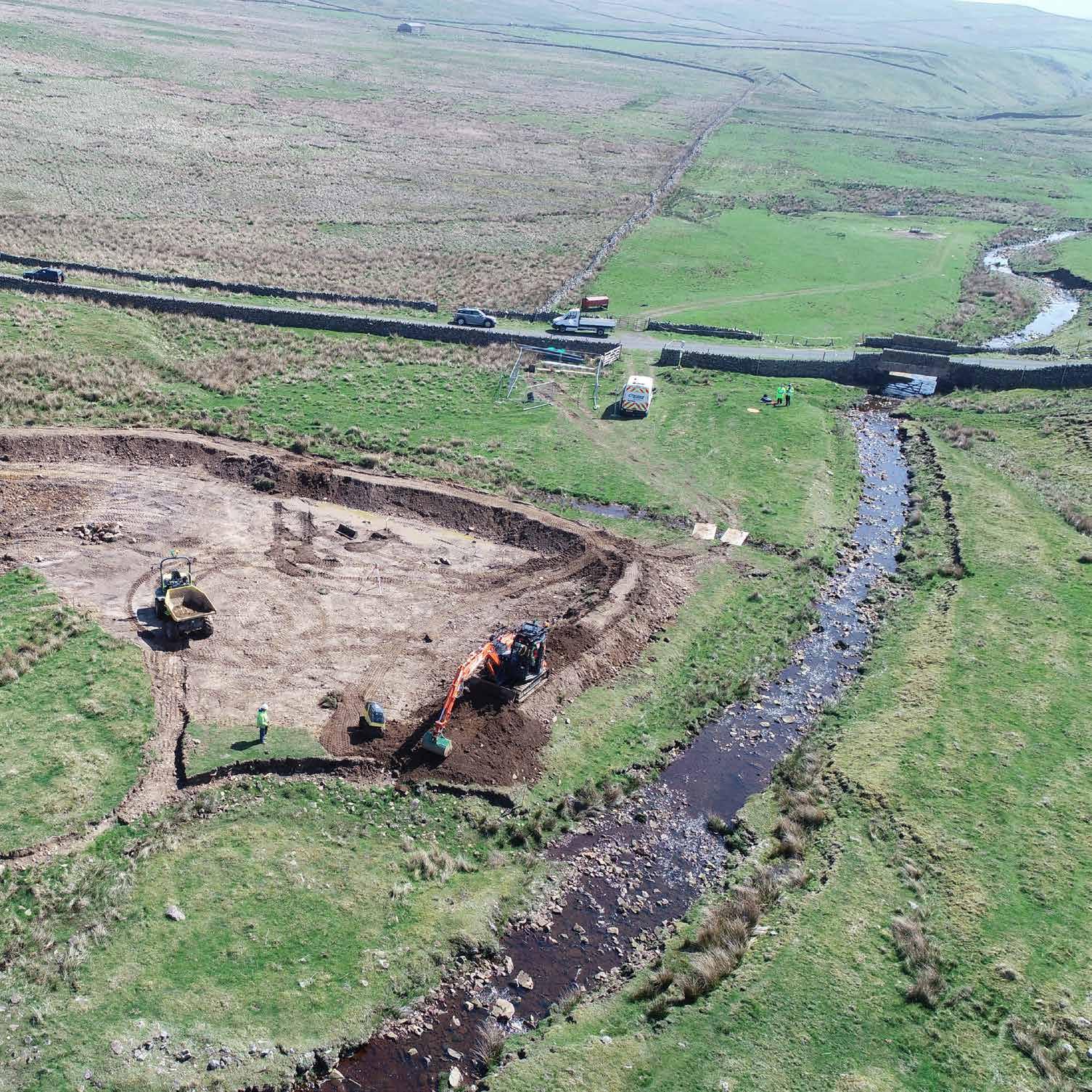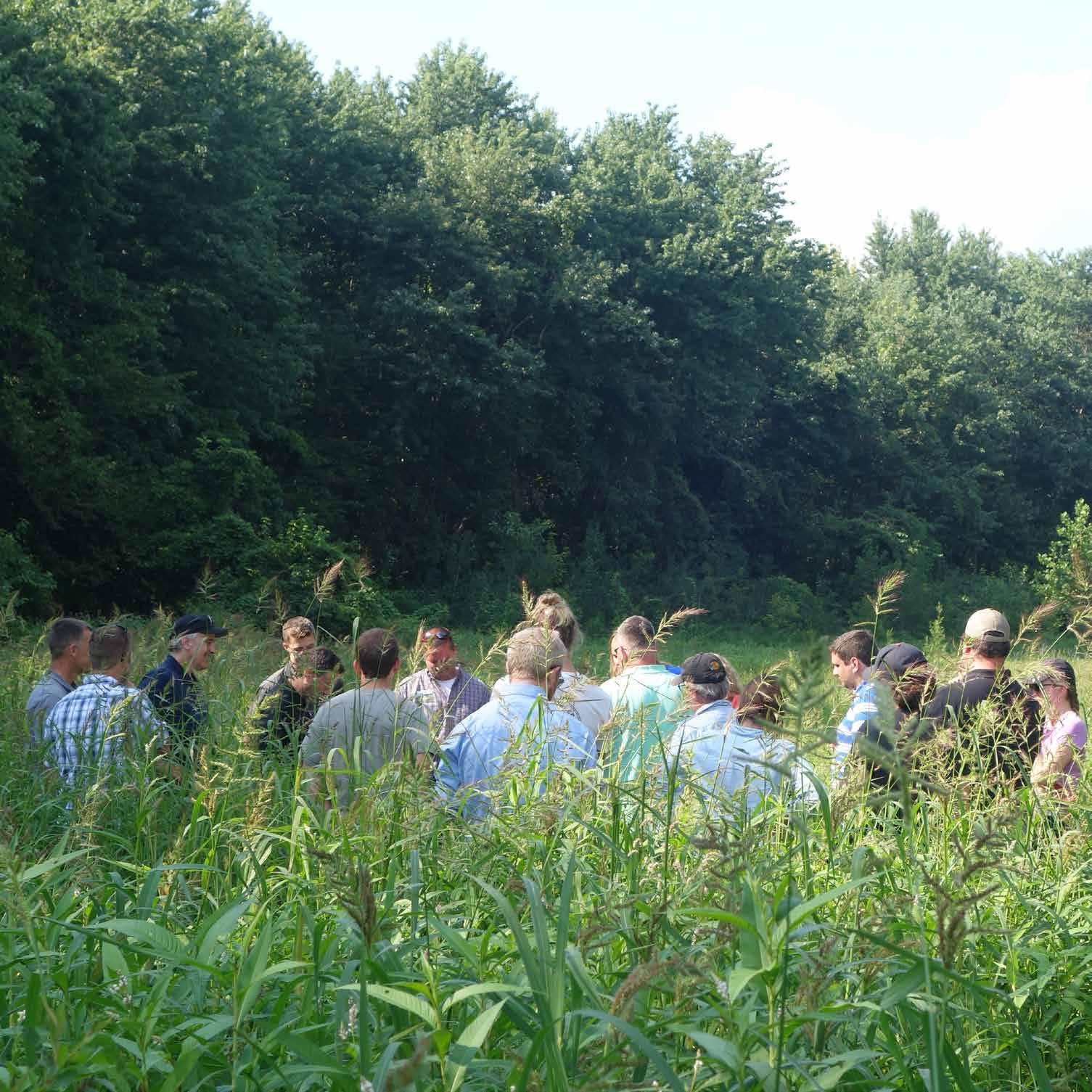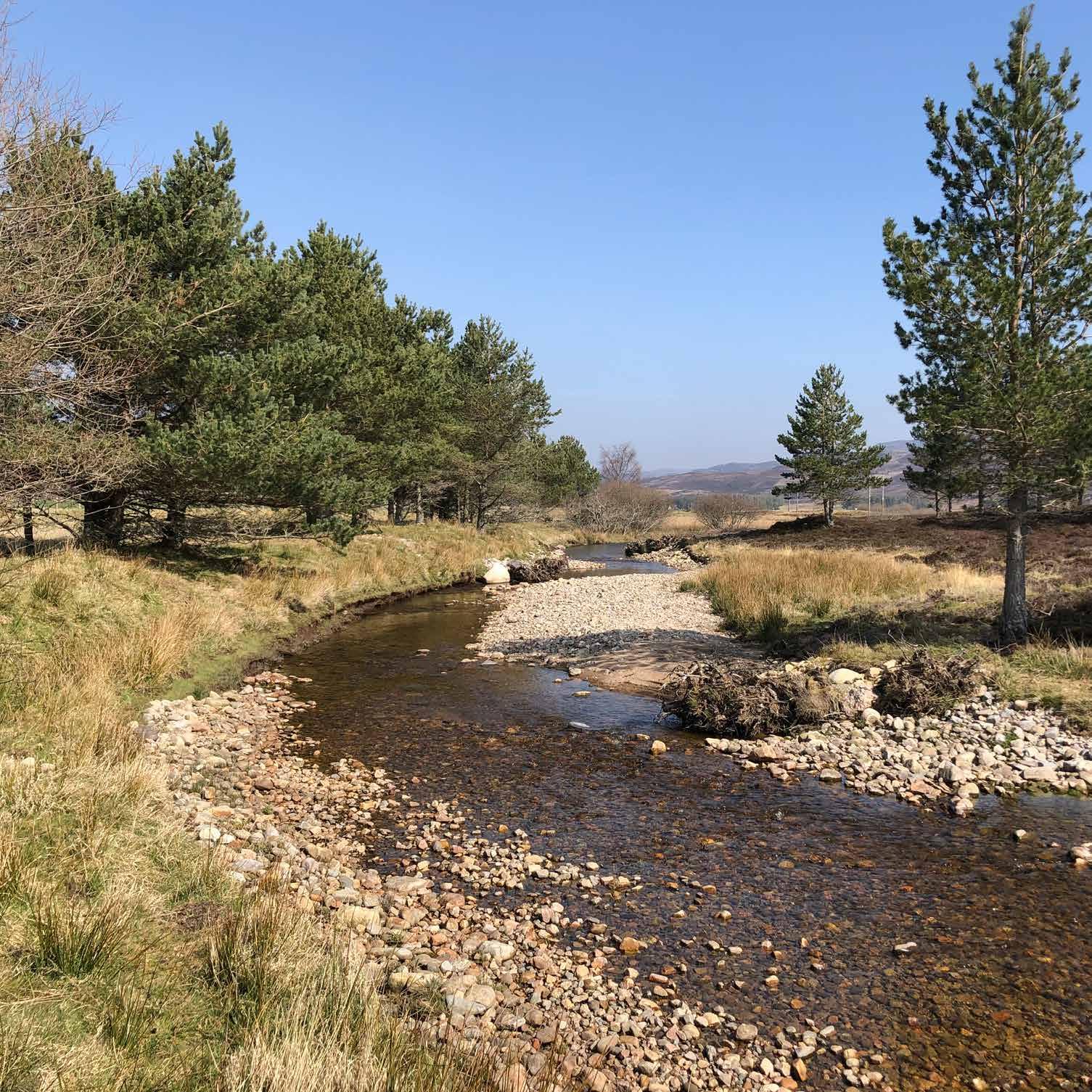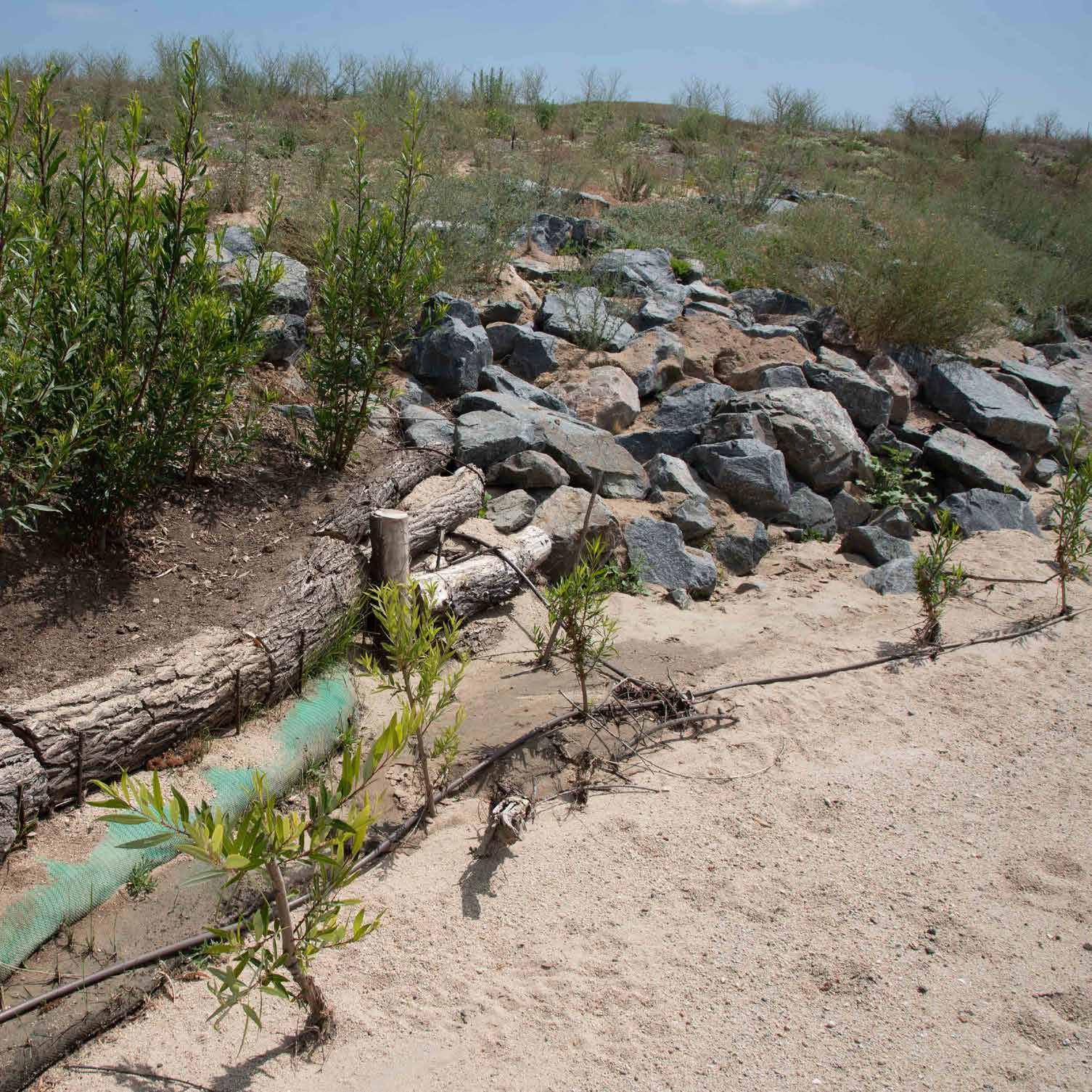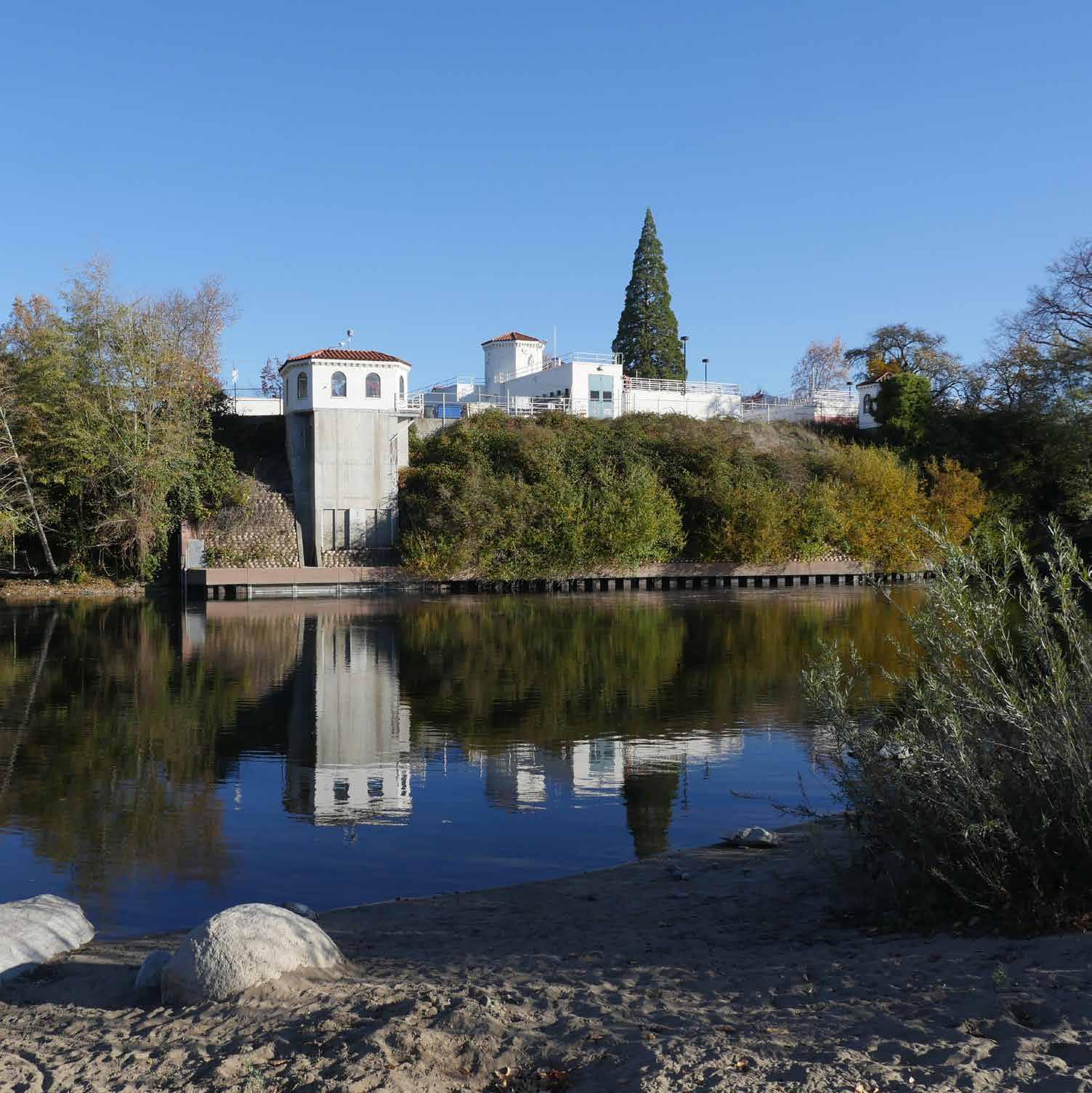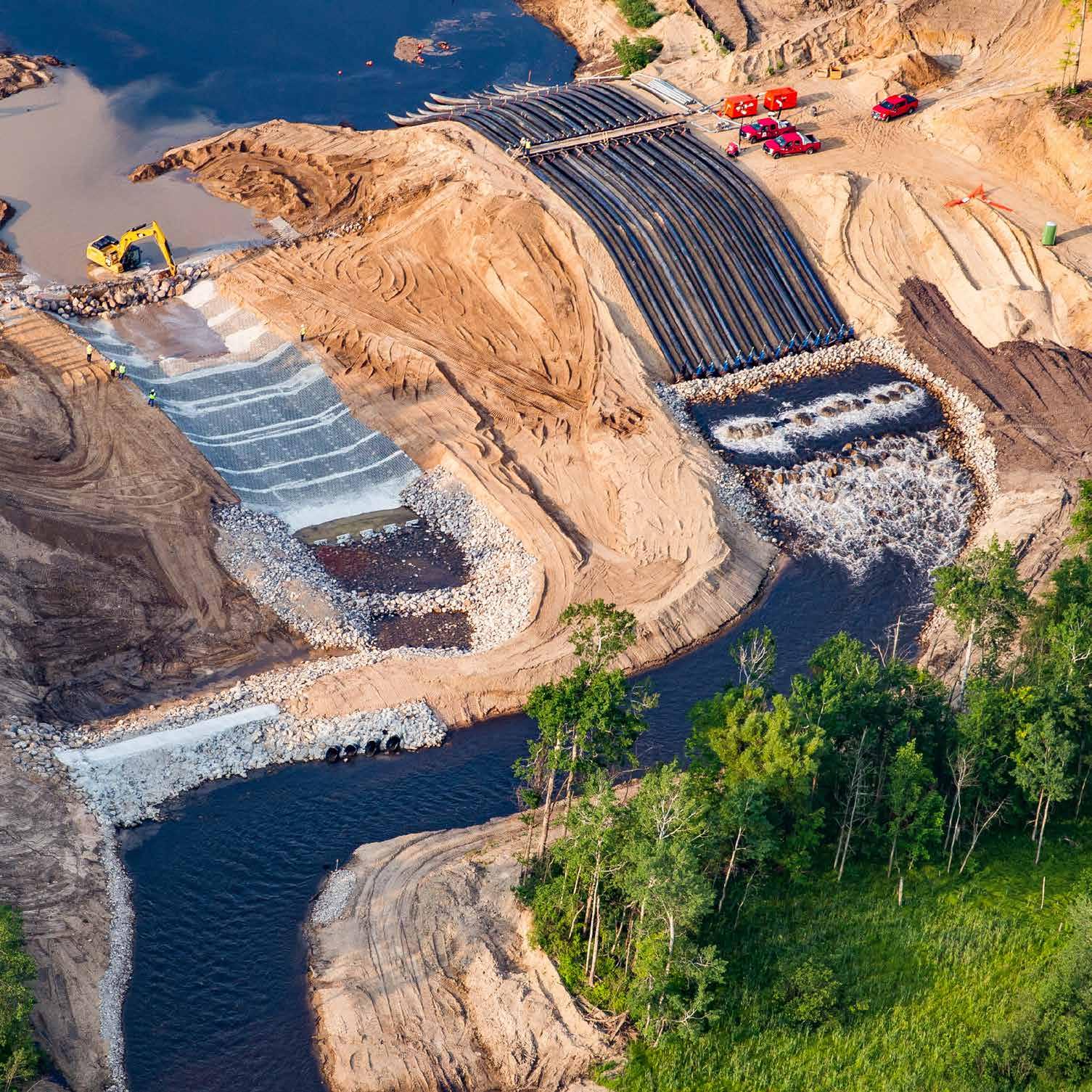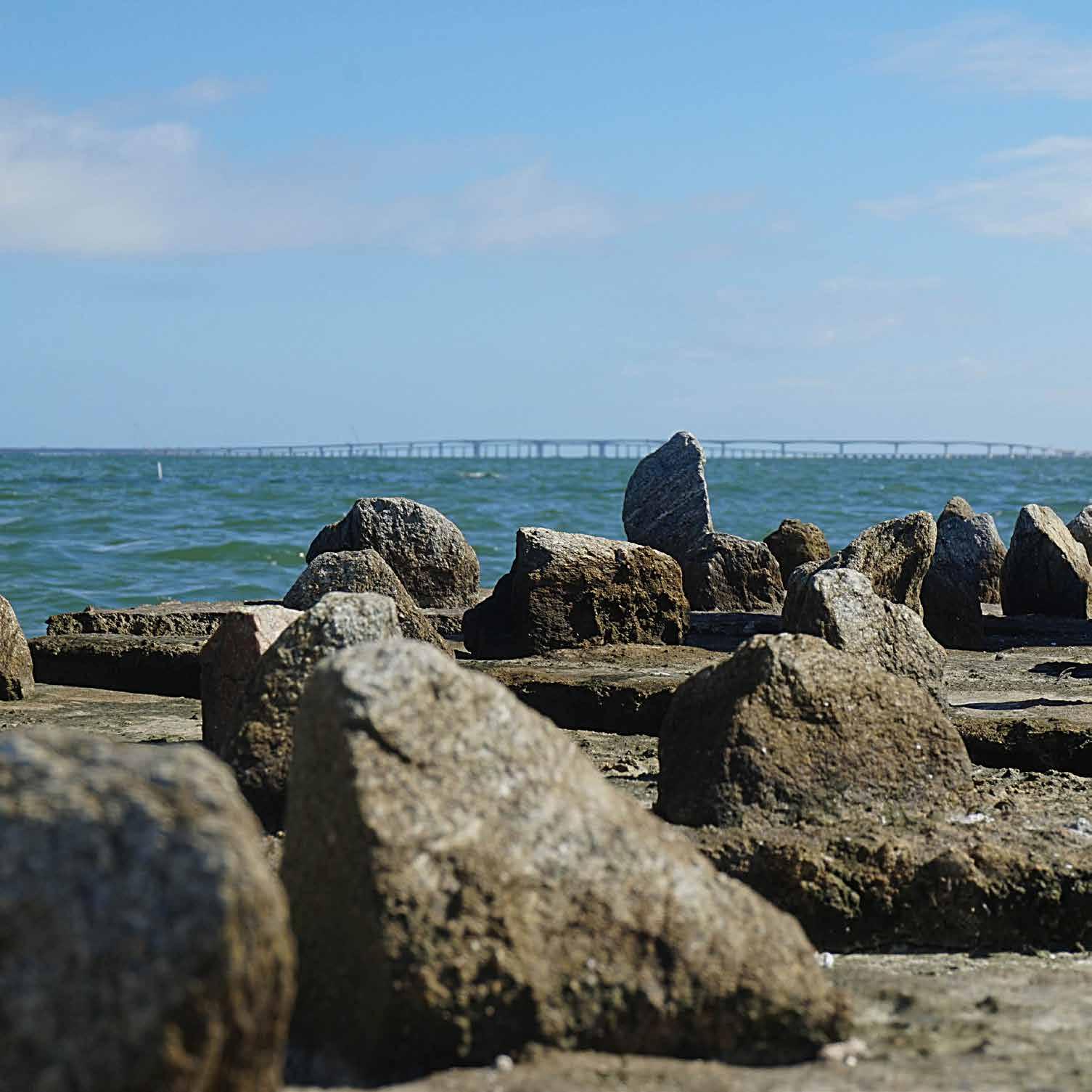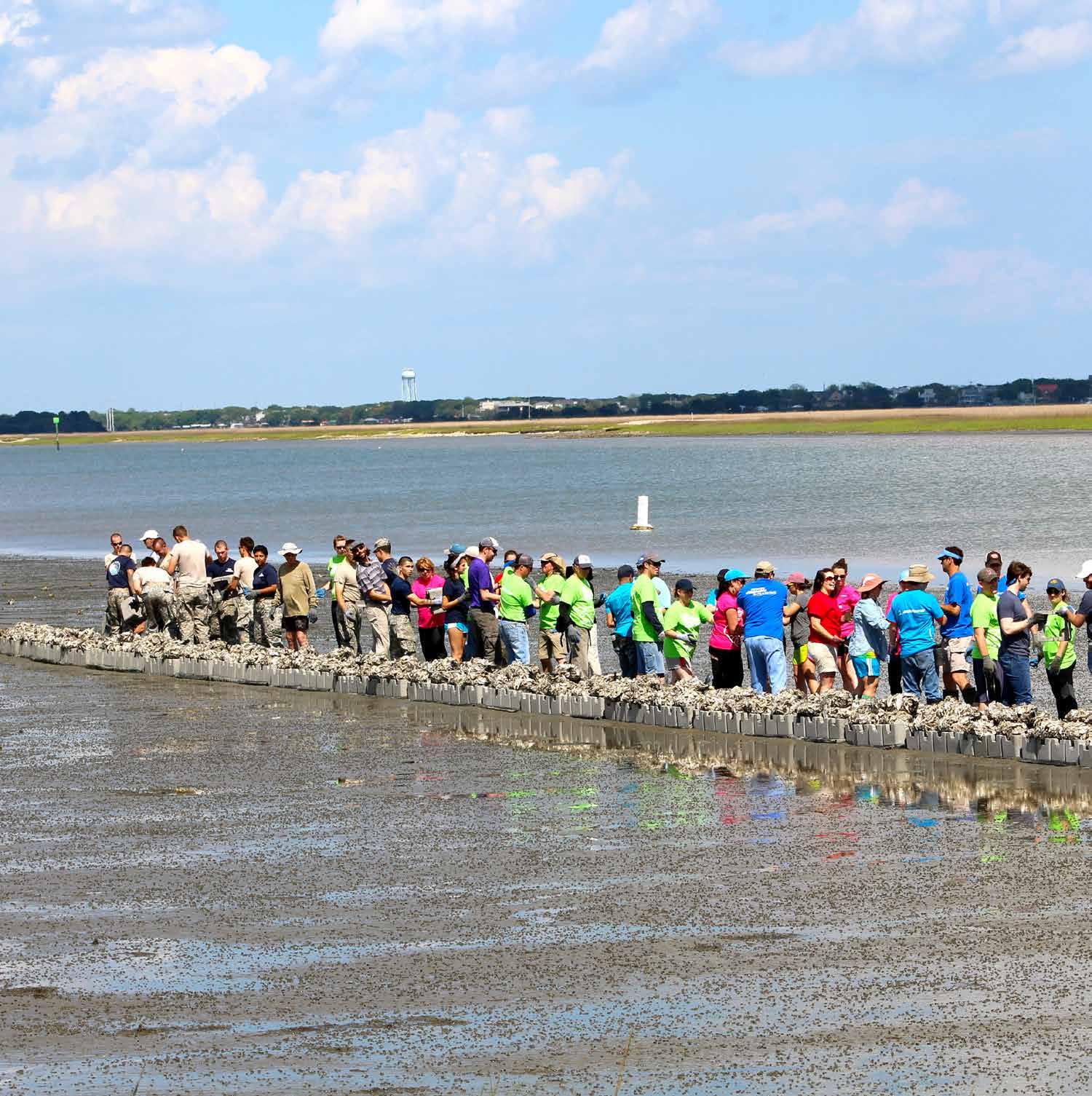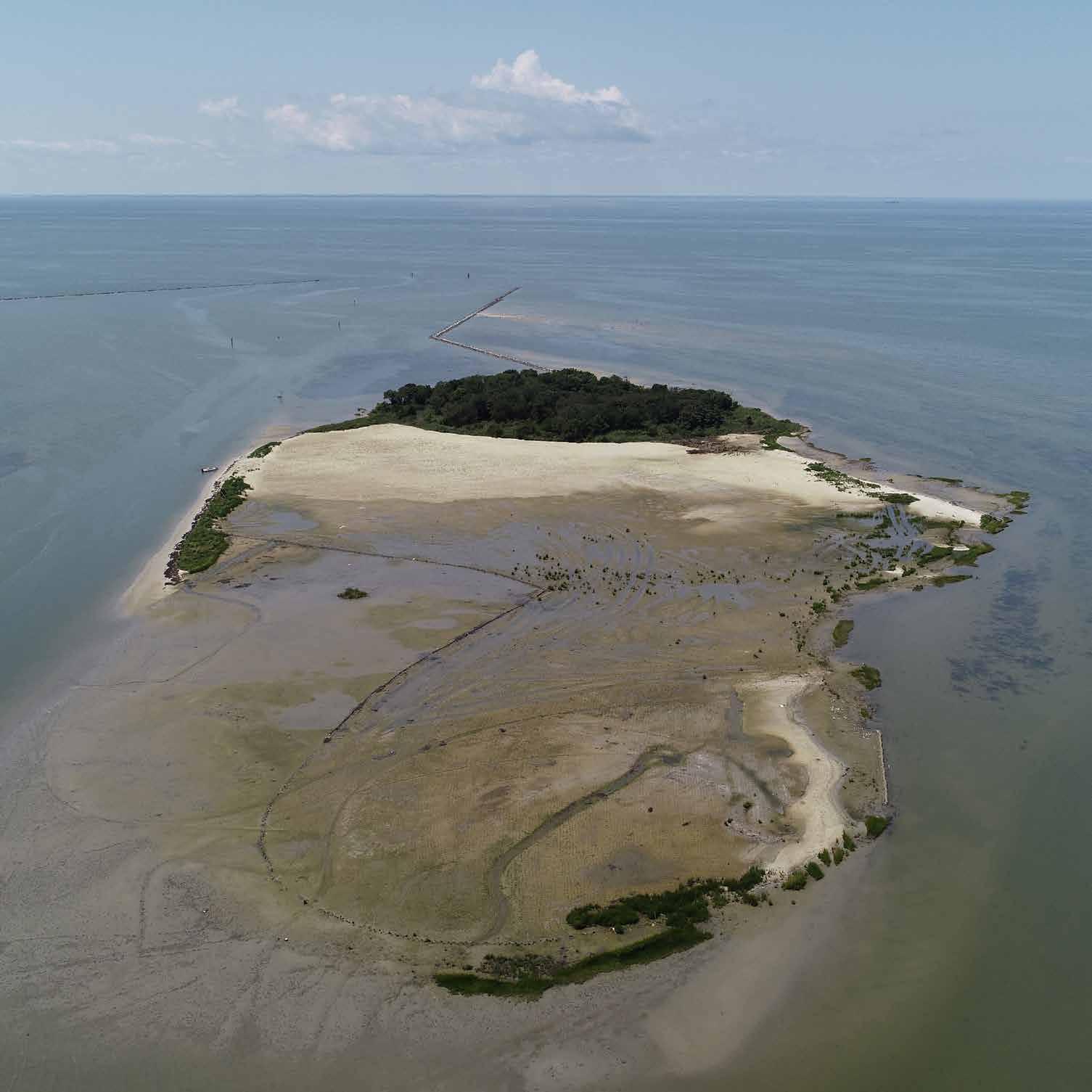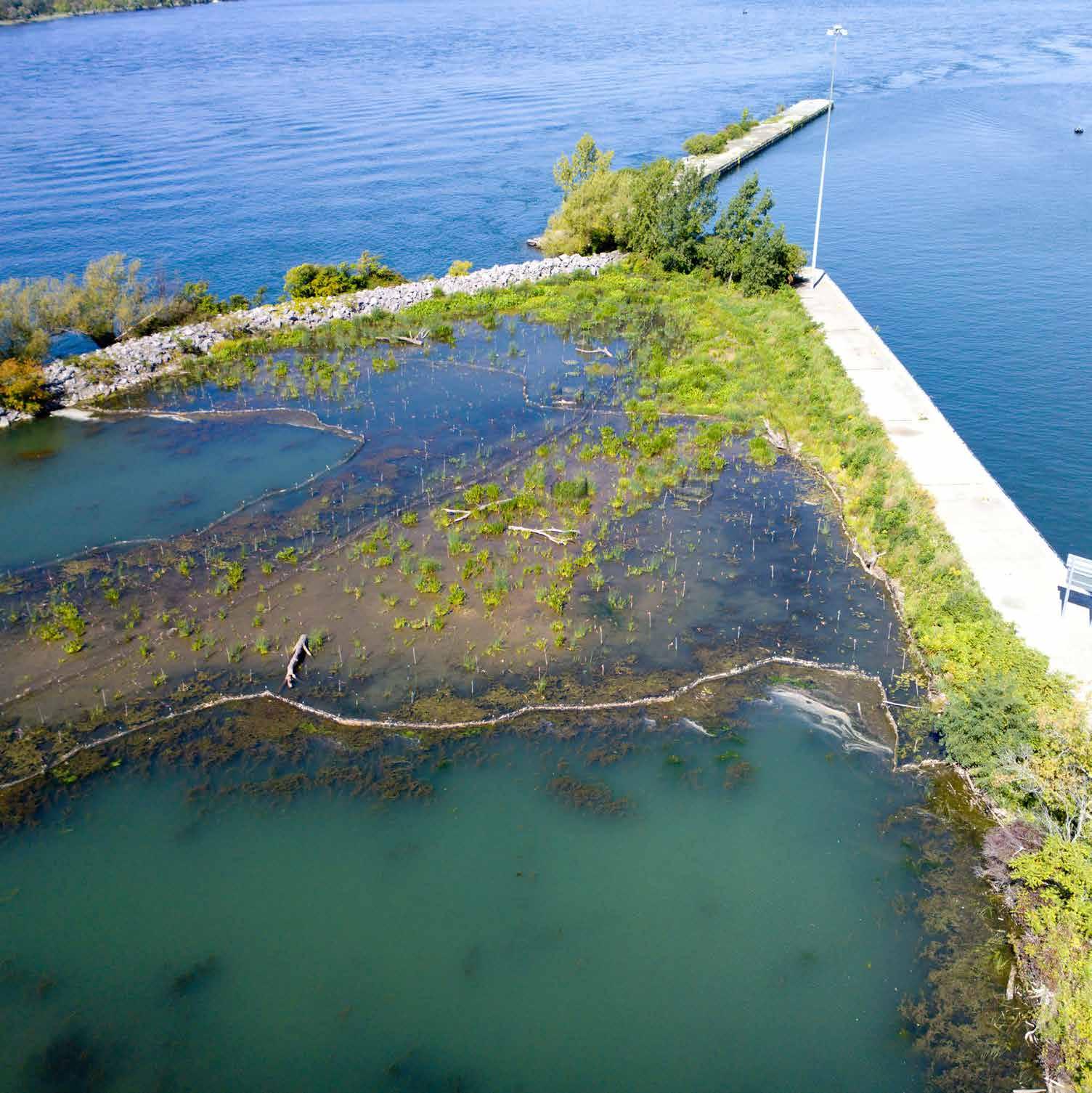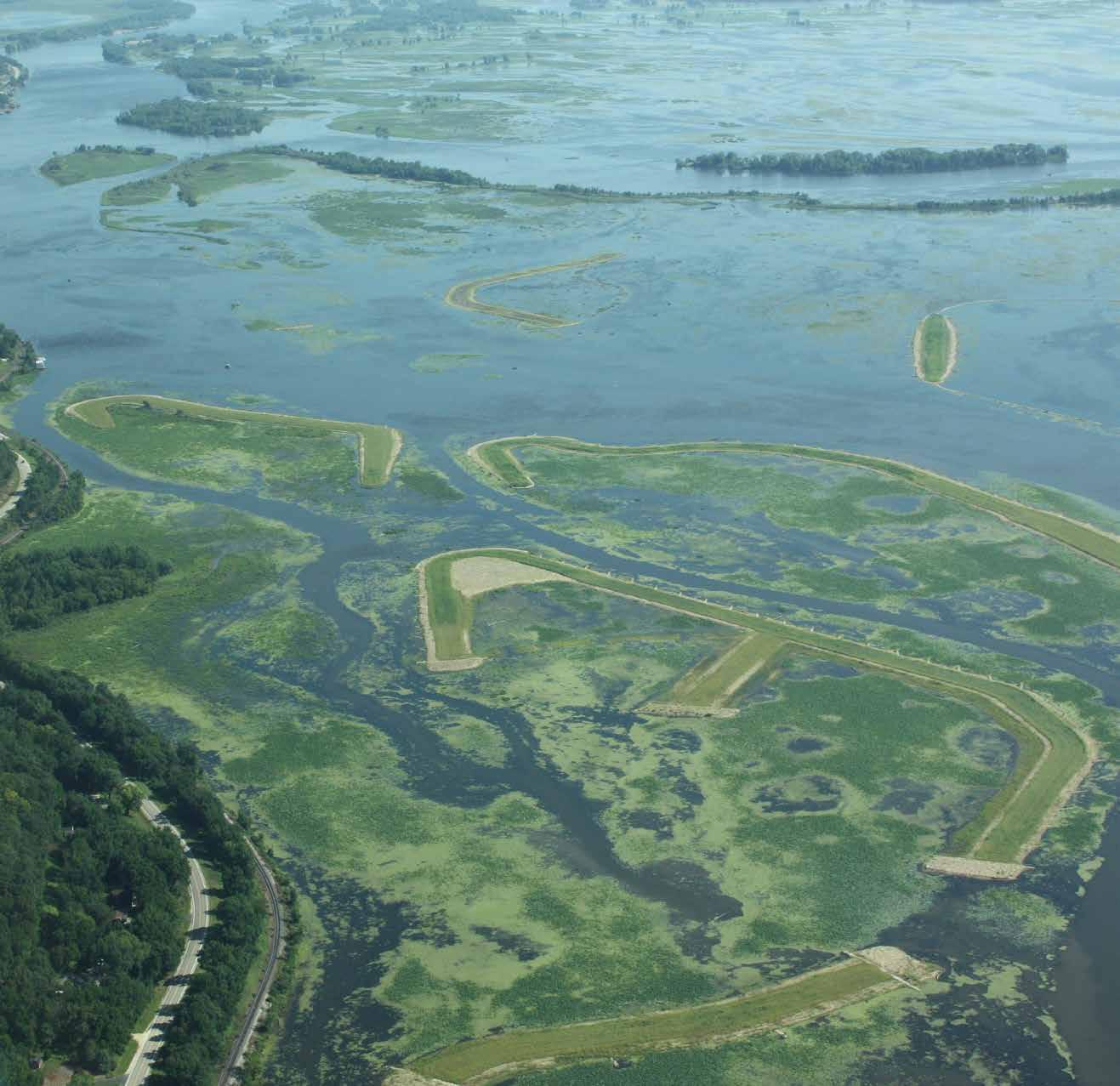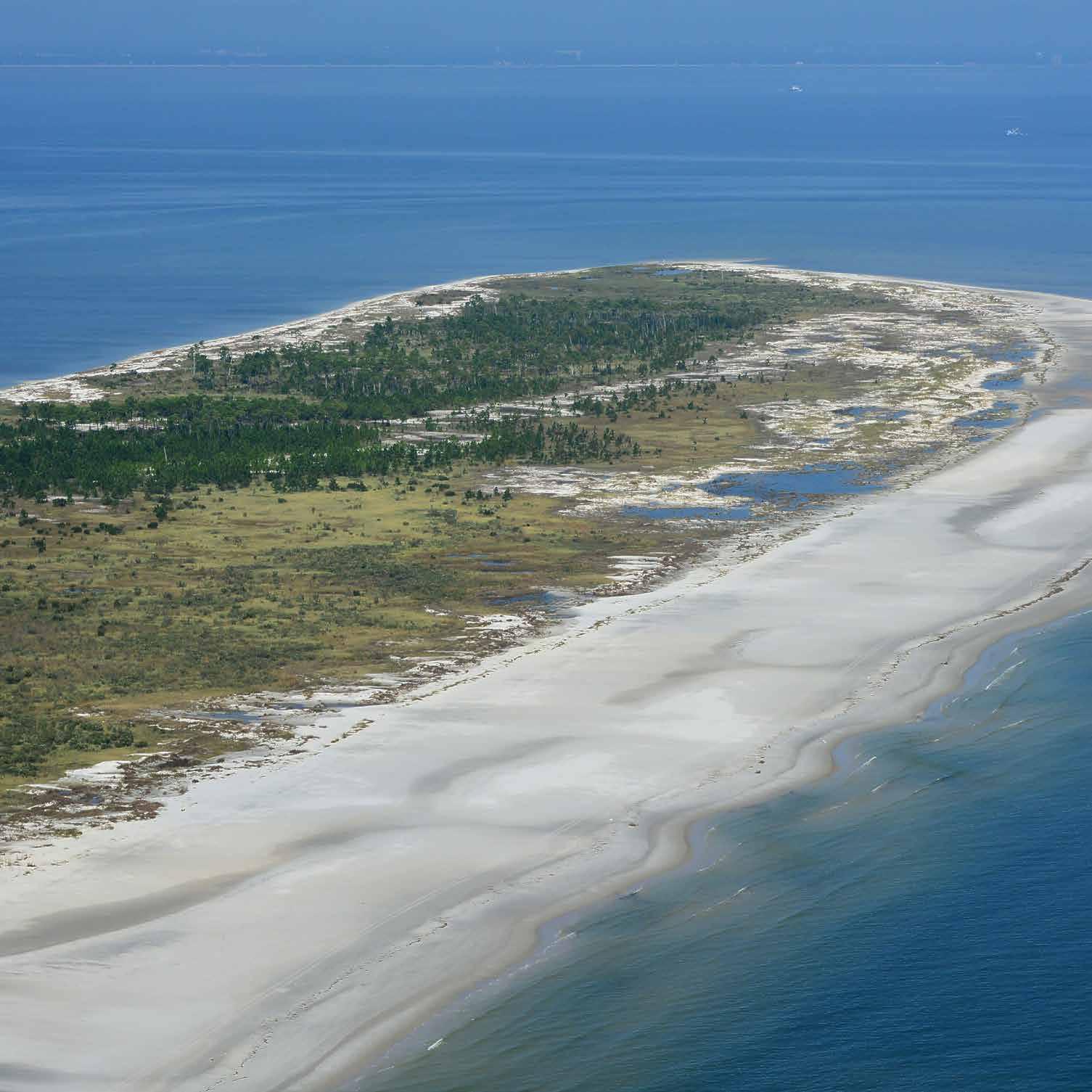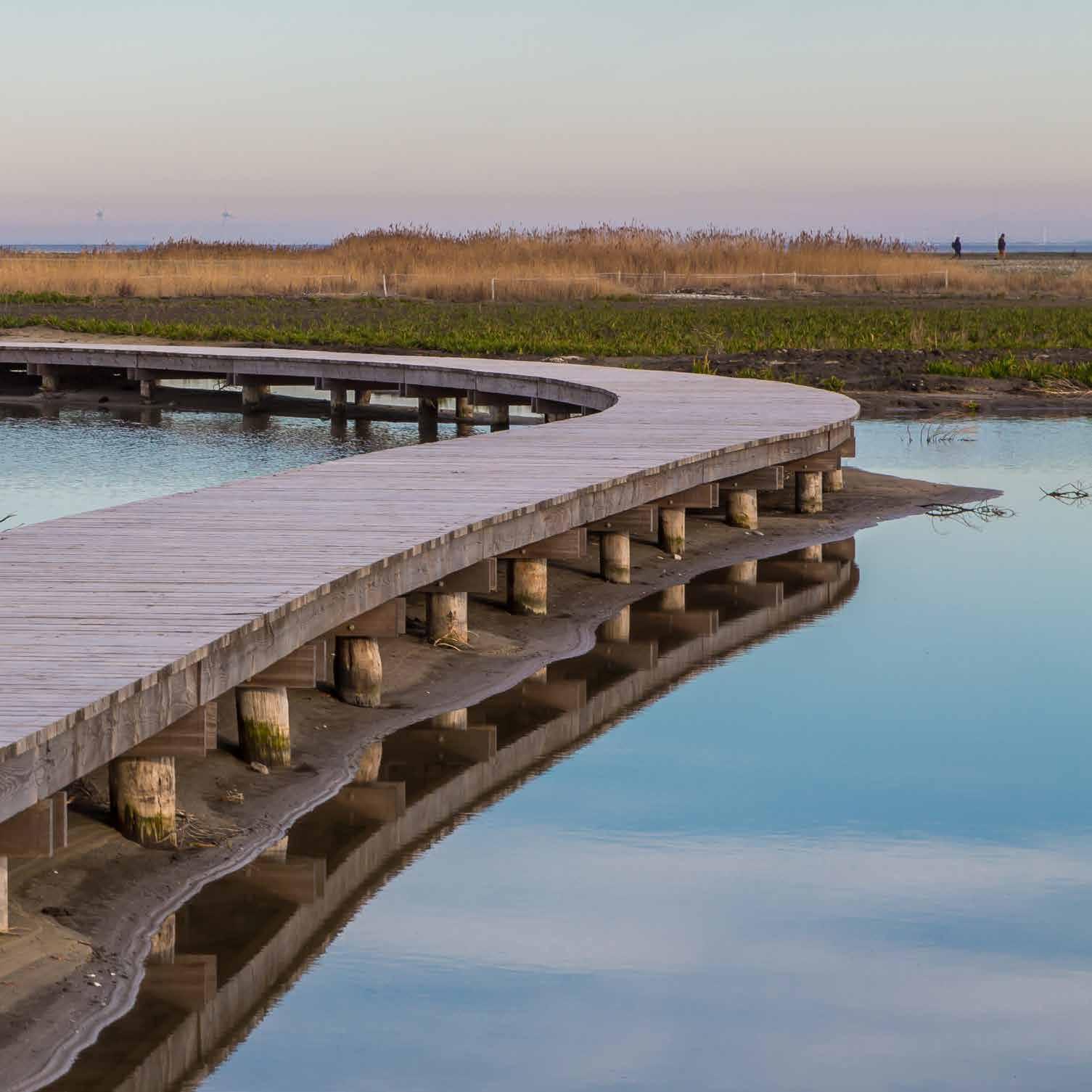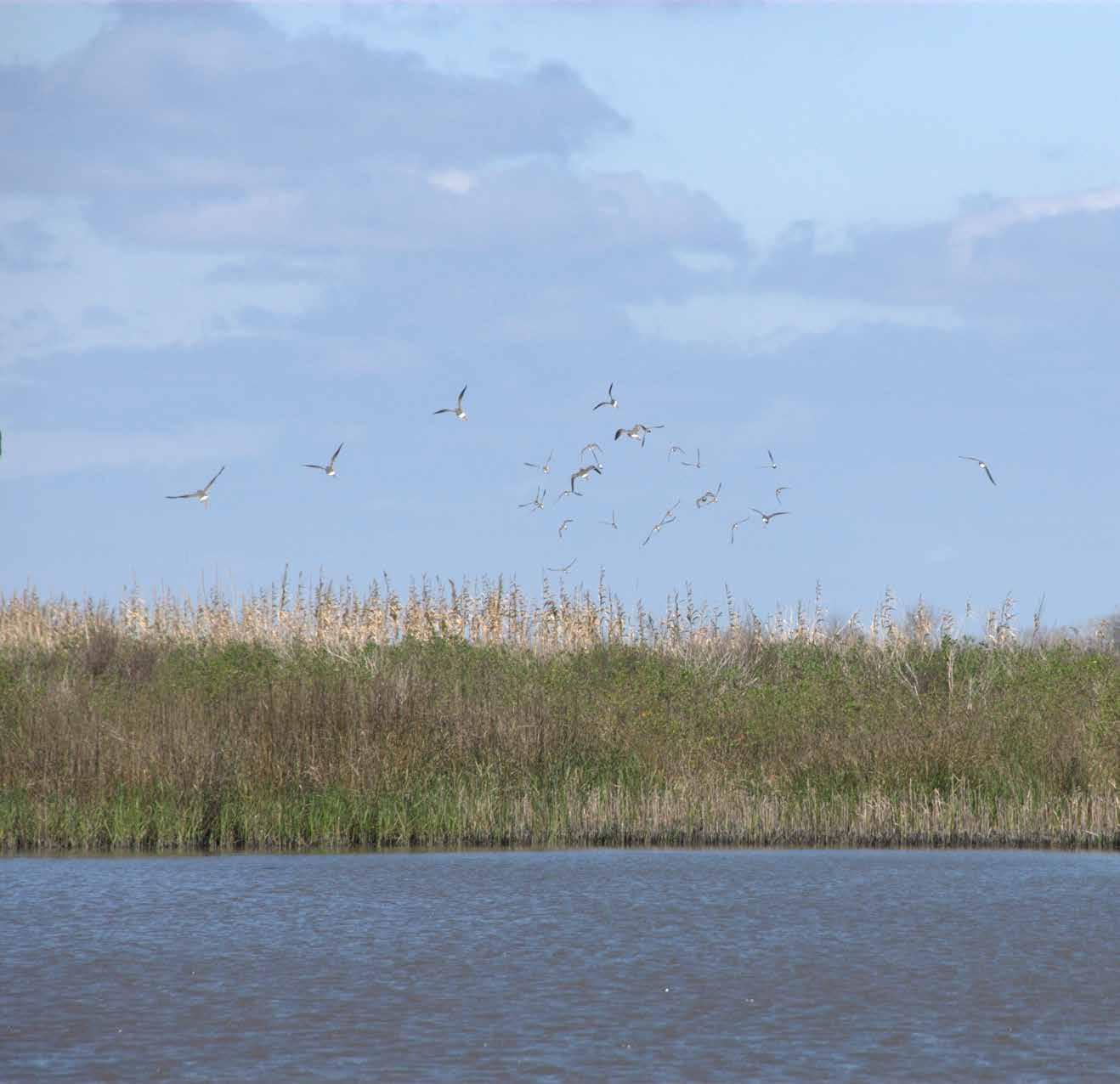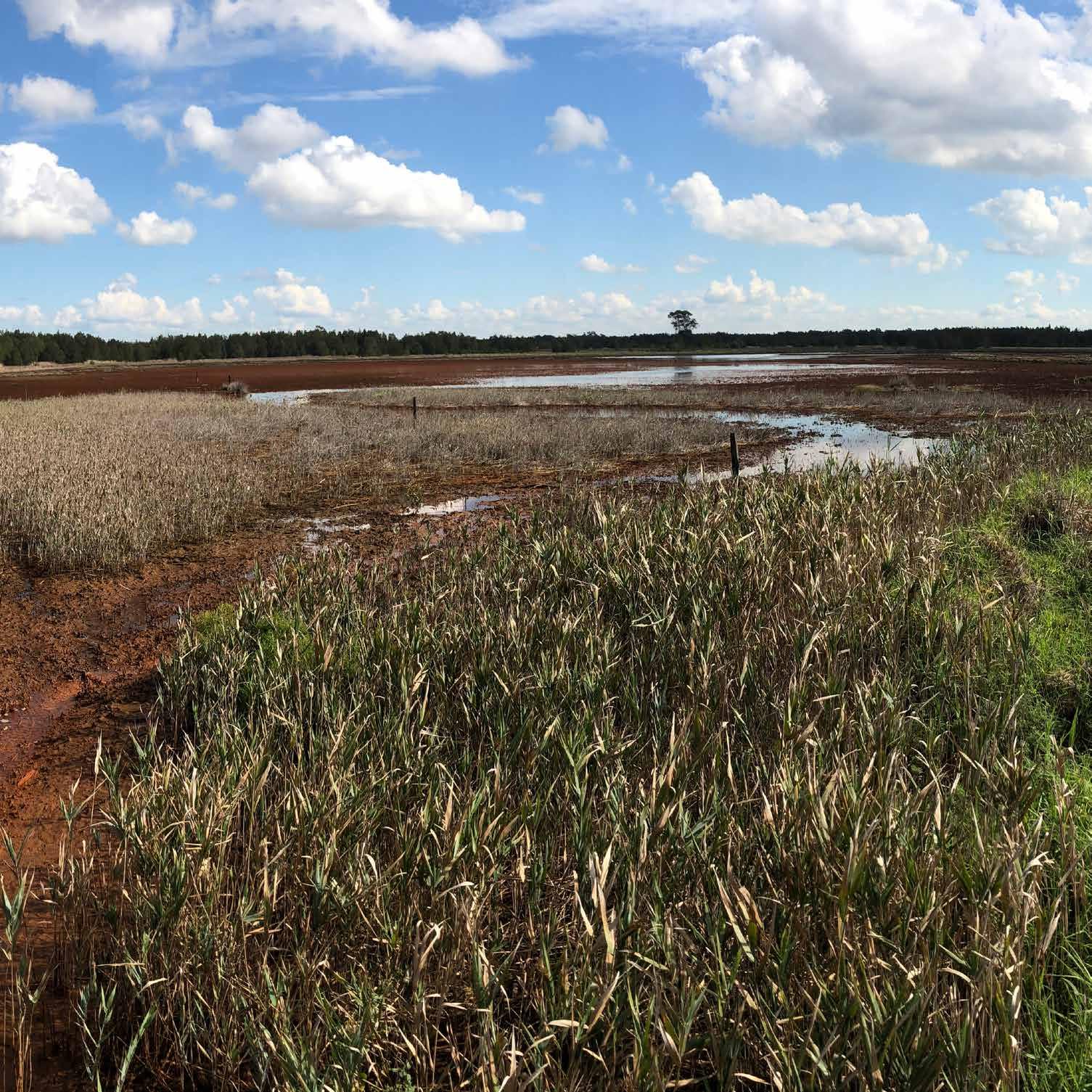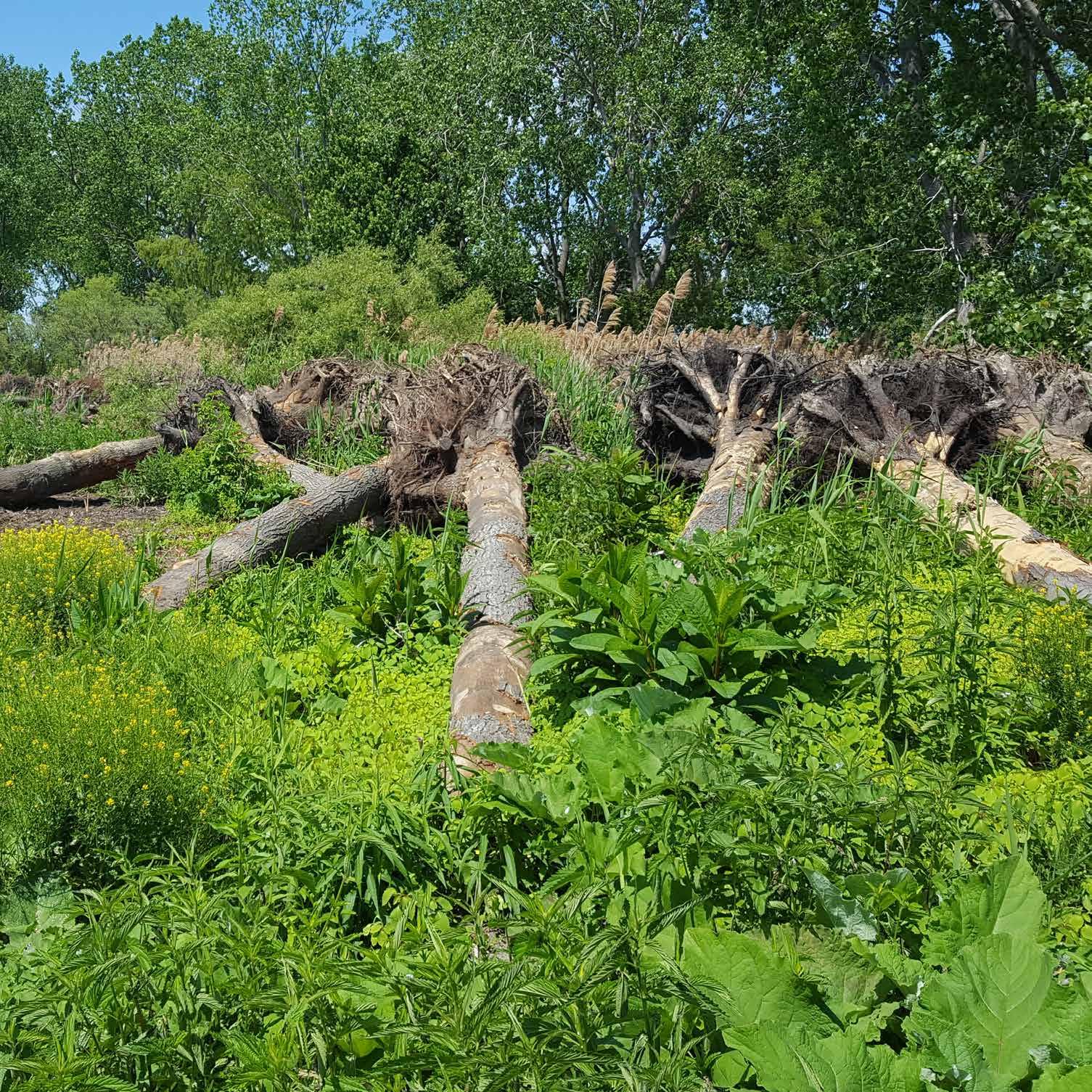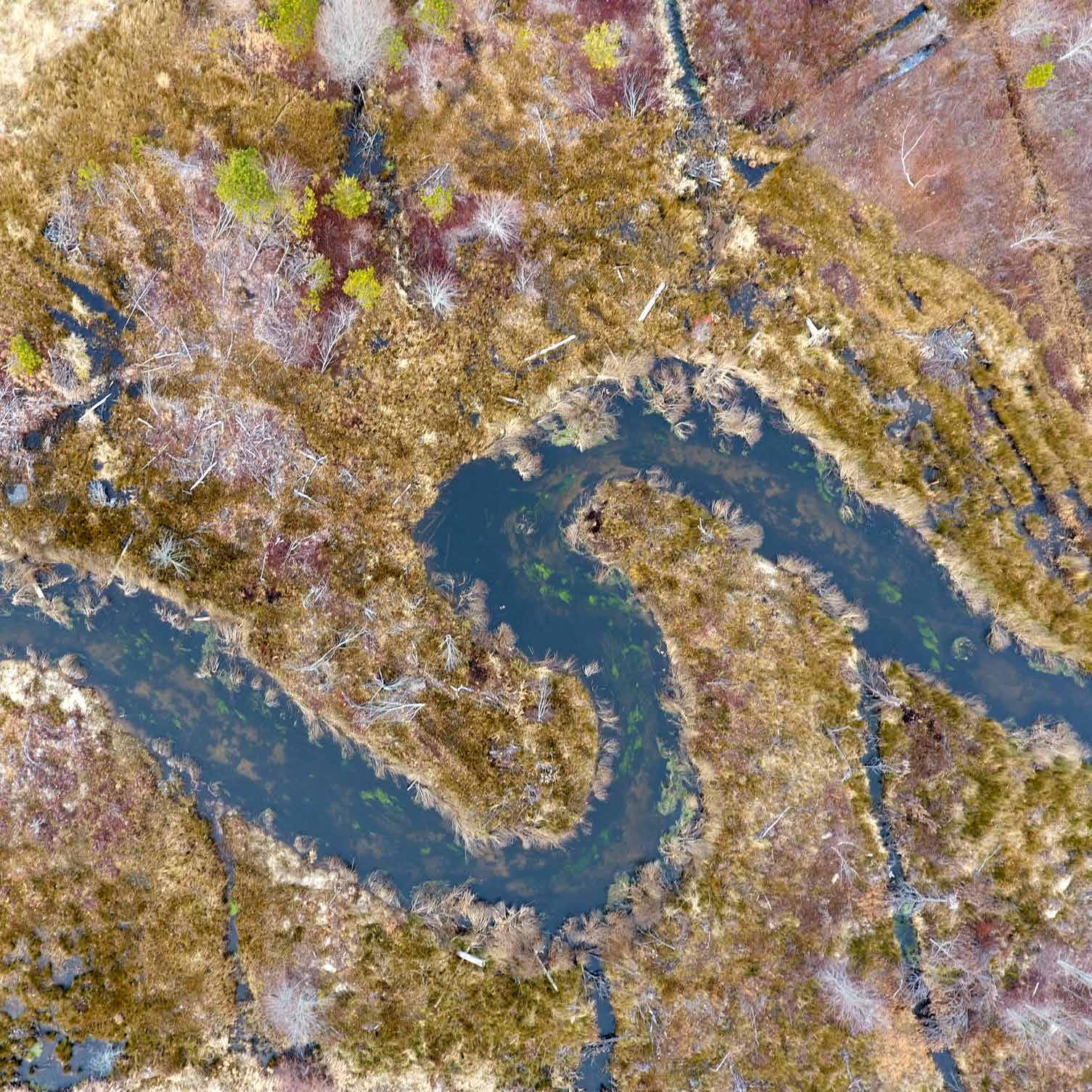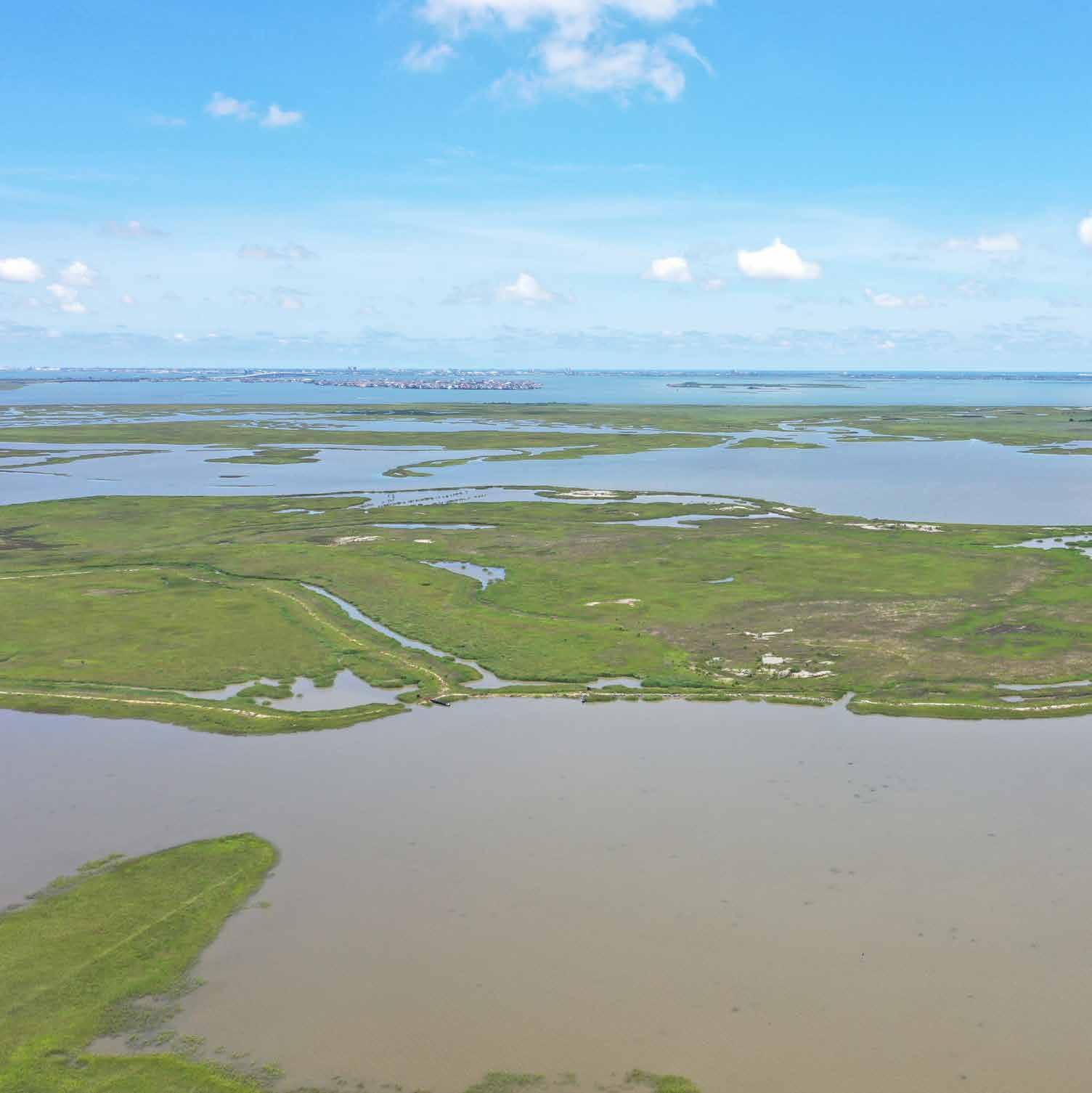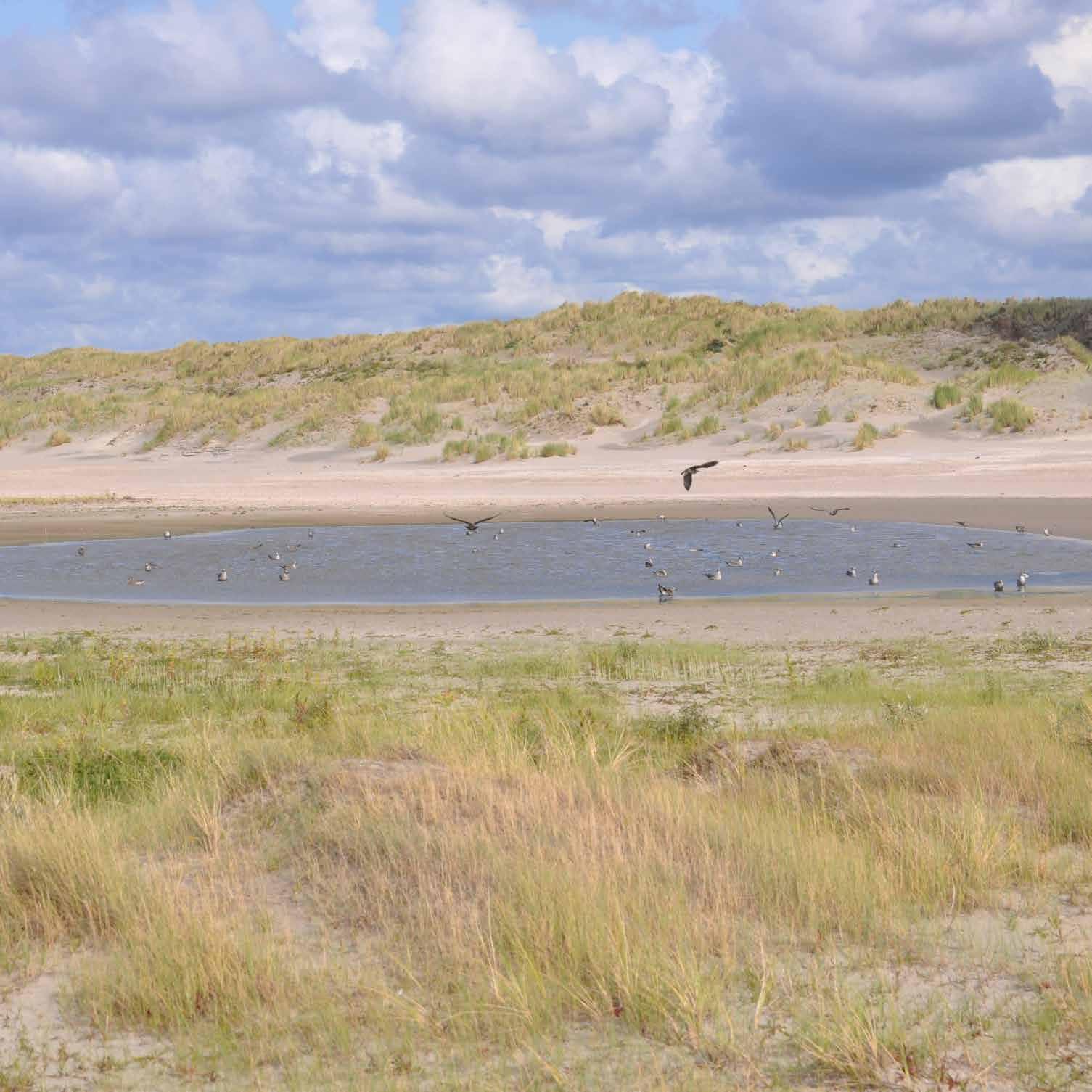Floodplains
Wendling Beck Worthing, England, United Kingdom
Mimicking nature’s engineers for flood control and habitat restoration. The village of Worthing is subject to flooding from two incoming rivers, Wendling Beck and the River Blackwater. Attempts to drain and crop the floodplain after World War II left both rivers deepened and straightened, degrading the habitat and increasing arable runoff. As a result, the area lost a great deal of good habitat, and the spoil banks left behind after the dredging meant the rivers rushed downstream towards Worthing instead of spilling onto their floodplains during heavy rainfalls. Between 2017 and 2019, the Norfolk Rivers Trust, a nonprofit conservation organization, worked the landowner and the Environment Agency to improve habitat and store more water on the floodplain. The team removed banks, reconnected meanders, and installed woody debris that mimicked beaver dams, the country’s first use of beaver-dam analogs. These techniques lowered dredging embankments and raised the riverbed through natural sediment deposition rather than by importing gravels. Hydrological monitoring and field surveys are ongoing to assess the impacts on fish, invertebrates, and plant life; but now Wendling Beck’s complex habitat is thriving—clearer waters, reduced flooding, and increased biodiversity.
188














